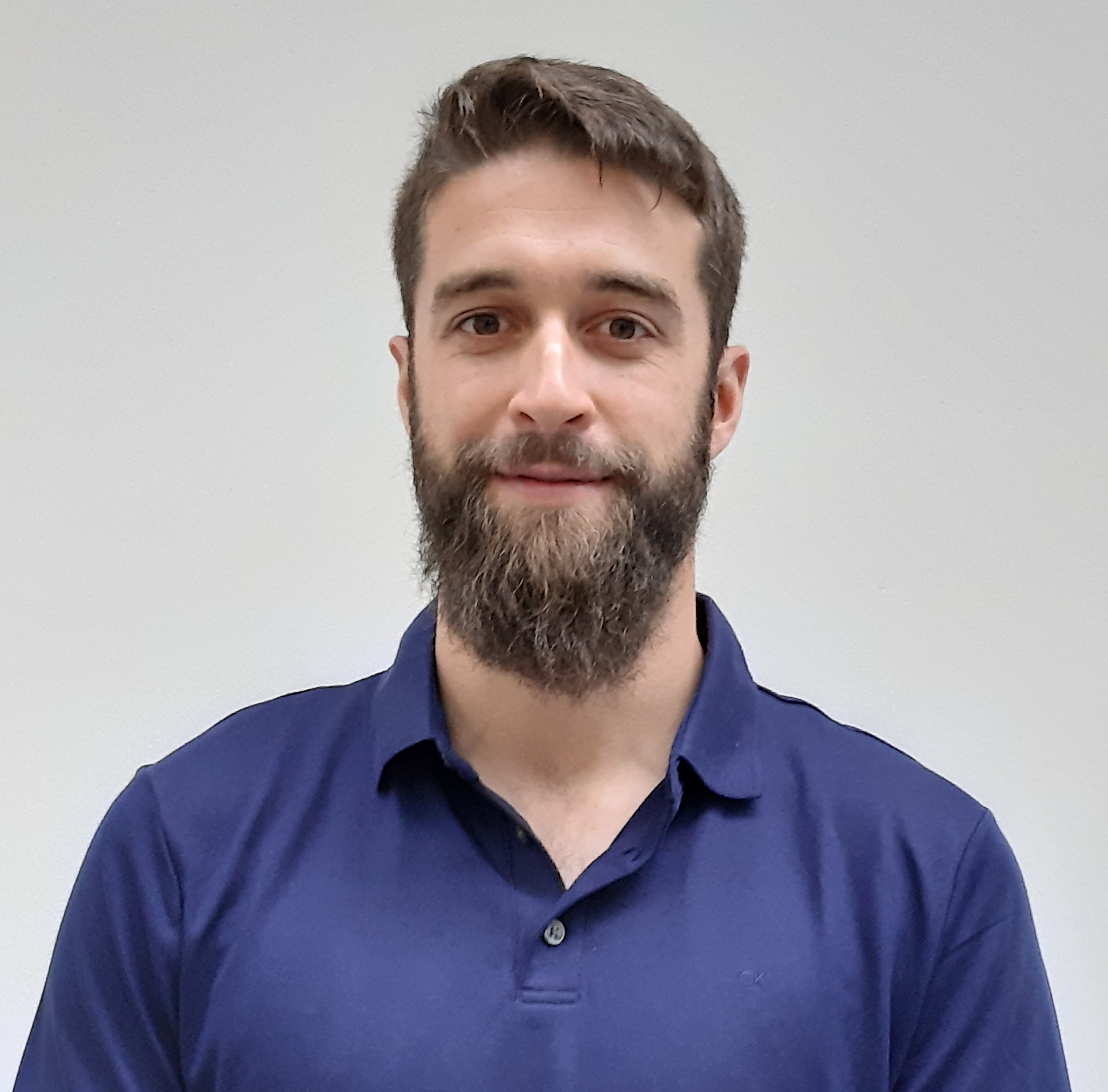ÄerdFly: a team of multi-rotor aerial robots operating autonomously for the clay-based 3D printing of houses
- Project title: ÄerdFly: a team of multi-rotor aerial robots operating autonomously for the clay-based 3D printing of houses
- Funding: SnT Partnership
- Entity: Äerd Lab
- Project starting date: Oct. 2023
- Project role: PI
Abstract:
Äerd Lab has the vision of 3D-printing of houses in a sustainable, efficient, flexible, and affordable way.Current state-of-the-art (SOTA) in the field of 3D-printing of houses is very modest with only a few proofs-of-concept (PoC) with limited impact. On the one hand, most of these PoCs employ materials such as derivatives of cement that require a large amount of energy to be produced, and they are not locally available, thus having a considerably high cost. Moreover, they generate a high environmental impact and they are not easily recyclable. Aerlab aims to use a clay-based material to 3D-print houses. Clay is not only cheap to produce, locally available, and easily recyclable, but when mixed with the appropriate materials, it also has great properties in terms of thermal isolation, strength, and durability.
On the other hand, most of these PoCs rely on 3D printers that consist of a very large metallic structure. They are not only very expensive and challenging to install and configure, but they also impose restrictions and limits on the size and design of the houses to be 3D-printed. Äerd Lab has the vision of developing a more efficient, versatile, and cost-effective 3D printer using aerial robots.
Äerd Lab has extensive expertise in 3D printing small (<30 cm) objects employing clay-based materials and fixed 3D printers. The Automation and Robotics Research Group (ARG) of the SnT-UL has extensive expertise in autonomous and intelligent multi-rotor aerial robot systems, including a fully-equipped aerial robotics lab (AeRoLab).
Both parties, Äerd Lab and ARG-SnT-UL have jointly designed the ÄerdFly, a versatile, efficient, easy-to-deploy, and cost-effective clay-based 3D printer of houses that consists of a team of multi-rotor aerial robots operating autonomously.
The overarching basic concept of ÄerdFly includes (1) a clay-based extrusion system (developed by Äerd Lab), being the pump and material deposit located on the ground; (2) a multi-rotor aerial robot with the nozzle-end of the extrusion system accurately following the designed 3D printing trajectory, and (3) a multi-rotor aerial robot holding the pipe of the extrusion system that connects the ground part with the nozzle-end, flying coordinatedly with the nozzle-equipped aerial robot, avoiding collisions of the extrusion system and the 3D printed house.
The main goal of this project is to validate the afore-presented ÄerdFly concept, demonstrating its technological viability and exploring the main gaps that need to be further researched.
The main scientific challenges are (1) to provide multi-rotor aerial robots with a robust motion controller (e.g. for trajectory tracking) capable of handling perturbances generated by the extrusion system (i.e. nozzle, pipes, …); and (2) to provide a heterogeneous team of multi-rotor aerial robots with a motion planner and controller to autonomously execute a 3D printing operation.
The ÄerdFly concept will be validated in an experimental simple in-lab setup to demonstrate its technological viability, considering an out-of-the-lab experimental validation under simplified conditions.
Related Research:
